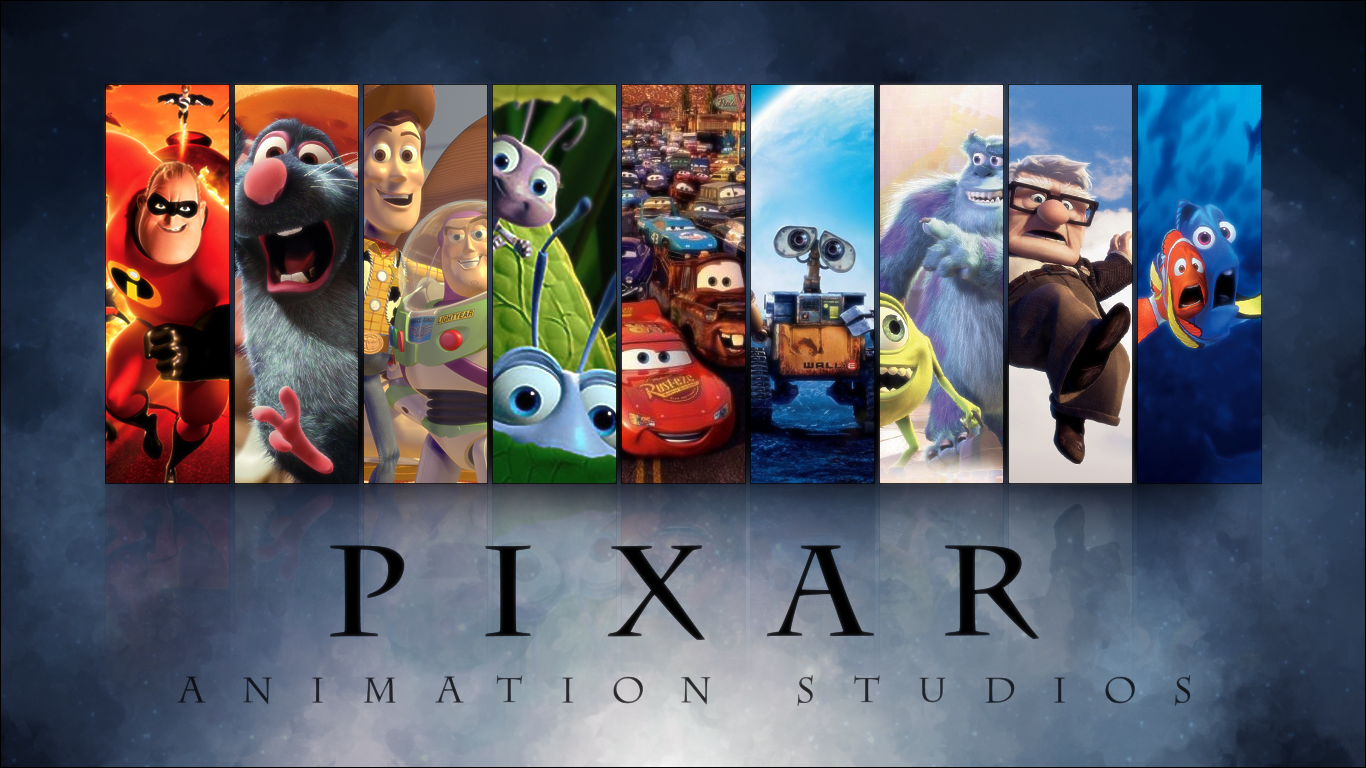We’ve all heard about the enviable amenities provided to employees at companies like Pixar.
Among my own clients, I’ve heard sighs from leaders who lament a lack of resources for such luxuries. But an organization doesn’t need to be a multi-billion dollar company in a creative industry to leverage the best practices modeled by Pixar.
With commitment and imagination, you can implement the following five culture improvements on a modest budget.
1. Insist on collaboration
Within Pixar, three parallel groups are in constant communication: Technical Development, Creative Development, and Production.
To encourage constant collaboration, the creative and technology teams aren’t expected — or permitted — to perfect ideas before sharing them. Everyone has input, and teams embrace the knowledge that everything is a work in progress.
Pixar’s rapid experiment-and-refine approach helps the company make quicker decisions. It also helps employees get more comfortable with risk- taking, which is critical for innovation.
In your own business, start breaking down departmental silos by staffing projects with unlikely suspects. Team up people from unrelated departments to work in the same space. Designate an individual in your organization to act as the official connector. Charge this person with actively tracking innovation activity across departments and connecting people whose experience or capability matches a project need.
2. Leverage black sheep
In an interview with the McKinsey Quarterly, Oscar-winning Pixar director Brad Bird explained how the company tapped its most frustrated employees to create The Incredibles.
I said, ‘Give us the black sheep. I want artists who are frustrated. … Give us all the guys who are probably headed out the door.’ We gave the black sheep a chance to prove their theories, and we changed the way a number of things are done here. For less money per minute than was spent on Finding Nemo, we did a movie that had three times the number of sets.”
Deliberately seek out the dissenters within your own company. Find the employees with nonconformist perspectives and get them involved in creating better solutions.
When you include employees who aren’t the usual suspects in the problem-solving process, you set a probable stage for innovative ideas.
3. Never stop improving
After every film wraps, Pixar teams gather for a brain dump, which includes discussion of areas for improvement. The goal isn’t to assign blame, but rather to conduct a candid assessment of how to fix problems and make the next film even better.
After launching a product or initiative in your own company, take an afternoon to hold a retrospective meeting. To get employees at all levels comfortable with honestly critiquing the company, open the discussion with your own ideas for what needs improvement.
Ask everyone what they noticed during the launch process? What should be changed for the next iteration? Prevent crosstalk by reminding attendees to limit their input to the topic at hand.
4. Recharge
Film creation involves intense periods of development and overtime.
In addition to giving employees time off for R&R, Pixar provides health and wellness resources to prevent burnout and encourage healthy routines. Recreational offerings include volleyball courts, a soccer field and pool, as well as classes in yoga, tai chi, and Pilates. Doctors and masseuses visit Pixar weekly, and full-time ergonomic experts ensure that workspaces are comfortable.
Medical staff and on-site fitness facilities may not be realistic for your business, but updating your employee wellness program should be feasible. Offering yoga ball chairs, standing desks, and gym membership subsidies to staff are signals that management actually cares about its employees on a holistic level.
5. Learn together
Because filmmaking involves many different talents, skills, and capabilities, Pixar consciously engages disparate departments. This means employees collectively review scenes and discuss what could be improved upon.
It also means taking advantage of the 100 courses offered at Pixar University (PU). Each employee can spend up to four weekly hours at PU, and the average employee takes six classes per year. PU curriculum forces everyone to work together and complete tasks and assignments in real-time, pushing people past their fears about sharing works in progress.
Pixar’s dual tactics of scene discussion and PU curriculum have helped employees trust one another and feel comfortable sharing opinions, insights, and ideas. What group-learning processes could you implement in your own business to achieve similar results?
